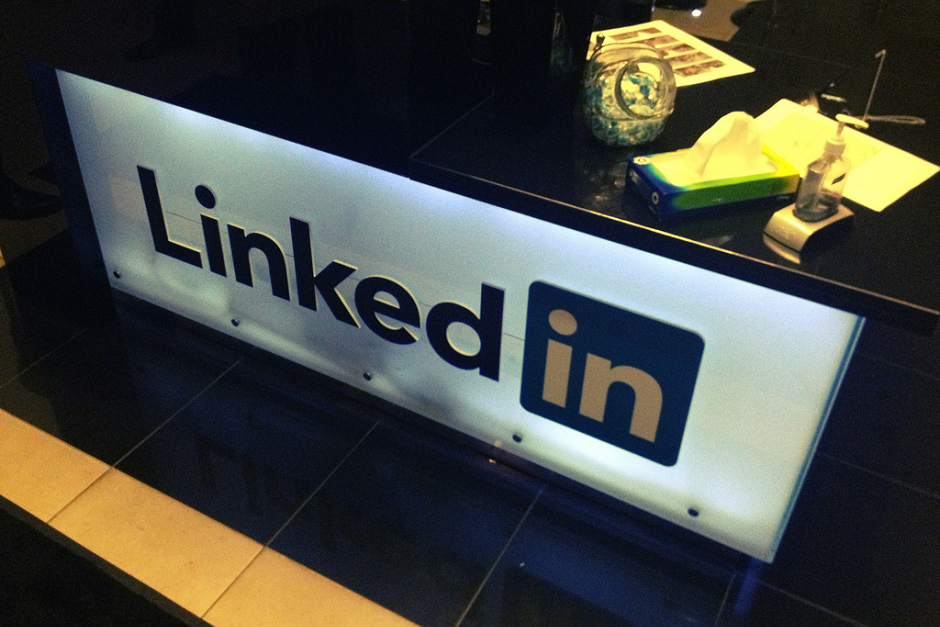LinkedIn’s B2B offering just got better
28 April 2017
LinkedIn has launched two new products aimed squarely at B2B marketers: Matched Audiences and Lead Gen Forms.
Target known individuals through Matched Audiences
It’s long been possible to target through email lists and website remarketing on Facebook and Twitter, but the value to B2B marketers has been limited. Both due to the low proportion of users that registered for either network with a business email account, and as both networks are predominantly for personal use.
The inevitable happened this week, with LinkedIn finally launching its own functionality called Matched Audiences. This should have B2B marketers excited as LinkedIn is primarily a business network and – in theory – a higher proportion of users should have a work email address associated with their account. Marketers can also target LinkedIn users who have visited their website via a remarketing code snippet.
Collect leads within LinkedIn using Lead Gen Forms
LinkedIn has also launched new lead capture functionality, allowing marketers to run lead generation campaigns from within LinkedIn – negating the need for users to leave the platform for an external landing page. This is a big deal, as user drop-off from LinkedIn campaigns is huge: around the 50% mark. That’s something we identified through our Performance Benchmark Index and covered in our B2B marketer’s quick guide to social media advertising last year.

Image Credit: Link Humans (Flickr)
LinkedIn’s new Lead Gen Forms attach neatly to an advertiser’s Sponsored Posts. When a user clicks to convert, a form loads pre-populated with their details. They need only click to submit. This pre-population reduces barriers to lead form completion so should – in theory – increase conversion rates. The data captured can be exported manually, or a connection can be made to your marketing automation software or CRM – attractive features for marketers in enterprise.
These moves strengthen LinkedIn’s offering to B2B marketers, and should provide highly effective routes through which to target new and known audiences – from the top to the bottom of the funnel.
Realising the benefits of this new functionality requires an understanding of the mechanics involved, and a commitment to analyse the data and tune your activity as it runs. If you are planning on taking the next step, make sure you have the appetite and resource to execute your activity successfully, and to report on how it impacts your business. If you need a helping hand – or would like to see examples of this new functionality in action – get in touch.
